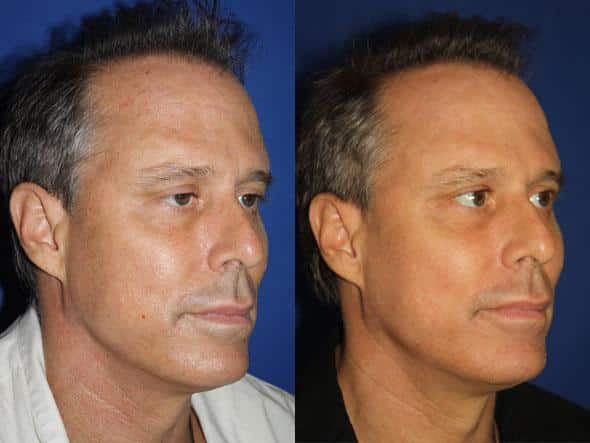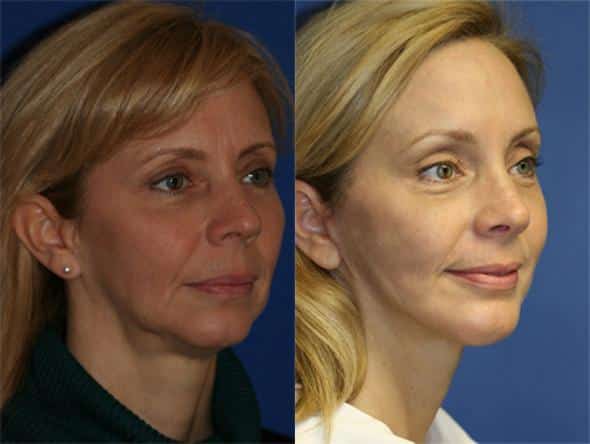Laser Resurfacing CO2 Treatment
As people age, the skin begins to show the effects of sun damage, becomes looser and develops textural changes. Luckily, there are many treatments available that can improve the look and feel of your skin. CO2 resurfacing lasers are one of the newer types of lasers available to treat wrinkles and other skin problems. Here’s what you need to know about CO2 resurfacing laser treatment.
CO2 resurfacing is a type of laser treatment offered at Dr. Philip Miller's New York office. Sometimes called”pixelated” lasers because the laser creates many microscopic (microdot) treatment areas, CO2 Resurfacing lasers have a longer wavelength than other lasers on the market. The longer wavelength means it can be used on darker skin types; conventional lasers are less effective on dark skin. Fractionating the laser beam splits it into thousands of tiny shafts of intense light. Each shaft penetrates into the deeper layers of the skin.
To heal, the body pushes old, damaged skin out of the shaft and replaces it with new skin. Because the shafts are very small and close together, the skin surface is smoother and has a better appearance than that achieved with other laser treatments.
Why Undergo CO2 Resurfacing?
CO2 Resurfacing lasers are typically more effective in treating acne scars, blotchy skin, deeper wrinkles and scars from surgery or trauma. They also produce better results when the skin has severe textural changes including pigment abnormalities from sun damage. The laser affects the deeper layers of skin and helps to tighten or shrink collagen, which becomes loose as people age.
CO2 resurfacing lasers can be used in areas where the skin is delicate, such as on the eyelids and around the mouth. This type of laser is also used to remove precancerous growths called actinic keratoses. Although it is primarily used on the face, it can also be used – by an expert operator only – in areas like the chest, neck, arms, and legs. Patients who are careful about skin care and sun protection may find CO2 resurfacing laser treatments are effective for several years.
What is the CO2 Resurfacing Procedure Like?
Although the procedure itself takes about an hour, you should expect to arrive about 45 minutes before your treatment. Your skin must be thoroughly cleansed. Numbing cream or gel is applied to reduce discomfort; it takes about an hour for the full numbing effect. The numbing medication is then removed. Your eyes will be protected during the procedure. If you are having the eyelids treated, special protective contact lenses are inserted after numbing eye-drops are placed in the eyes.
The hand-held wand or device is moved slowly over the treatment area. Some physicians use a treatment called a Zimmer cooler, which blows a strong stream of cold air onto the treatment area to help reduce any discomfort. Anti-inflammatory medications may also be helpful. Most patients describe the actual treatment as causing pins and needles feeling. Most people are able to drive themselves to and from their treatments.
Are You A Candidate?
The best candidates for CO2 resurfacing laser treatments are people in their late 40s to 70s who have moderate to severe acne scarring, wrinkles or sun damage. If you take medications that may increase sun sensitivity or anticoagulants (blood thinners) you may not be able to have the procedure.
CO2 resurfacing treatments are not recommended for women who are pregnant or for people who have a history of healing problems or excessive scarring. Patients who have taken the medication Accutane within the last year and those who have had chemotherapy should not have CO2 resurfacing treatments. CO2 resurfacing lasers are not effective in removing redness from dilated blood vessels or similar kinds of discolorations. Patients with darker skin types (Fitz 4 and up) are not suitable candidates for this procedure.
FAQ
Q: How long will the procedure last?
A: The procedure itself lasts about an hour and takes place at our New York City center, but additional aspects such as numbing and cleansing add to the time. Plan on a total time of about two and half hours. Some people need more than one treatment – it really depends on how much time you need to have for recovery.
Q: What can I expect after the procedure?
A: Immediately after the procedure, you can expect to look and feel as though you have a sunburn. Ice packs can help relieve any discomfort. The skin will peel for up to a week after the treatment. Occasionally patients develop minor bruising, which can take about two weeks to resolve. The full results of the procedure won’t become visible for three to six months. You will notice some immediate effects, such as less blotchiness. The skin will feel smoother; it will tend to be pinker than usual for about four to six weeks.
Q: Are there risks?
A: No medical procedure is totally risk-free. Mild pain is normal for the first day or two and redness lasts up to two weeks after the procedure. Rarely, it may last longer, especially in those people who blush easily or have dilated blood vessels on the surface of the skin. Your skin will be more sensitive to the sun for about four to six weeks after the procedure. Some people develop skin crusting as well as peeling. Occasionally people with darker skin may develop pigmentation changes (lighter or darker skin). These changes usually fade after three to six months, although on rare occasions that change is long lasting. Temporary swelling occurs in some patients, and very rarely, the treatment will cause scarring or an infection will occur.
Q: How soon can I return to work?
A: You should definitely plan to take the rest of the day off, as you will need to ice the treated areas. CO2 Resurfacing laser treatments can be customized – deeper treatments mean longer downtime for healing. Two shallow treatments may be equally effective and the healing time for each treatment is shorter. It takes three to 14 days for the skin to heal. For lighter treatments, expect three to five days of downtime, and for deep treatments, plan on seven to 10 days. If you are having the treatment performed for a special occasion like a wedding, allow at least two to four weeks of recovery time (longer for sites like the arms and legs).
To learn more about laser resurfacing, visit ncbi.nlm.nih.gov
Contact Dr. Philip Miller Today to Schedule a Consultation
Your skin is a barometer of health and greatly affects your appearance. CO2 Resurfacing laser treatments can make a big difference and there is no reason to look older. If you have questions or want to schedule an appointment in our New York City office, please call (646) 791-3025 or fill out this contact form.
Next, read about CoolSculpting.
Settle for Nothing But the Best Facial Plastic Surgery
Facial Plastic Surgery
Dr. Philip Miller and his team of New York's top rated facial plastic surgery experts provide custom cosmetic treatment plans that include a combination of minimally-invasive techniques and advanced procedures, to help each patient achieve the Aesthetic Confidence® they desire. Our unique NatraFace™ approach to facial rejuvenation includes the following effective procedures:
Eyelid Plastic Surgery
Dr. Miller provides patients with Manhattan's #1 customized care and treatment for smooth, supple skin that brightens the eyes and revitalizes the face. With our NatraFace™ approach, we utilize a combination of effective aesthetic techniques tailored to suit each patient’s needs. We offer:
Rhinoplasty (Nose Jobs)
Dr. Miller and his staff of NYC's best aesthetic specialists offer the NatraNose® process, which is a comprehensive range of minimally-invasive and advanced techniques to achieve natural-looking rhinoplasty results, improve nasal function, and meet the patient’s aesthetic goals. Dr. Miller specializes in nose jobs, nose reductions, non-surgical nose jobs, and more: Adjust the links in these sections as follows:
Skin Care Treatments
Widely acclaimed for our broad range of flawless skincare solutions, Philip J. Miller, MD, FACS and his team of aesthetic specialists offer customized skincare treatment plans to achieve healthy, natural-looking results. As part of our NatraLook™ process, the following procedures may be performed individually or in combination with more advanced surgical treatments for optimal rejuvenation.
Male Plastic Surgery
Philip J. Miller, MD, FACS, is a double board-certified facial plastic surgeon with over 20 years of experience working with male and female patients. He specializes in facial plastic surgery and is recognized as an expert in facial rejuvenation procedures. Utilizing the most advanced surgical techniques, Dr. Miller can maintain or enhance masculine features while producing the most natural-looking results.
Aesthetic Confidence®






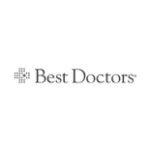
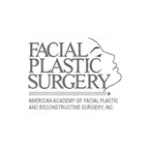


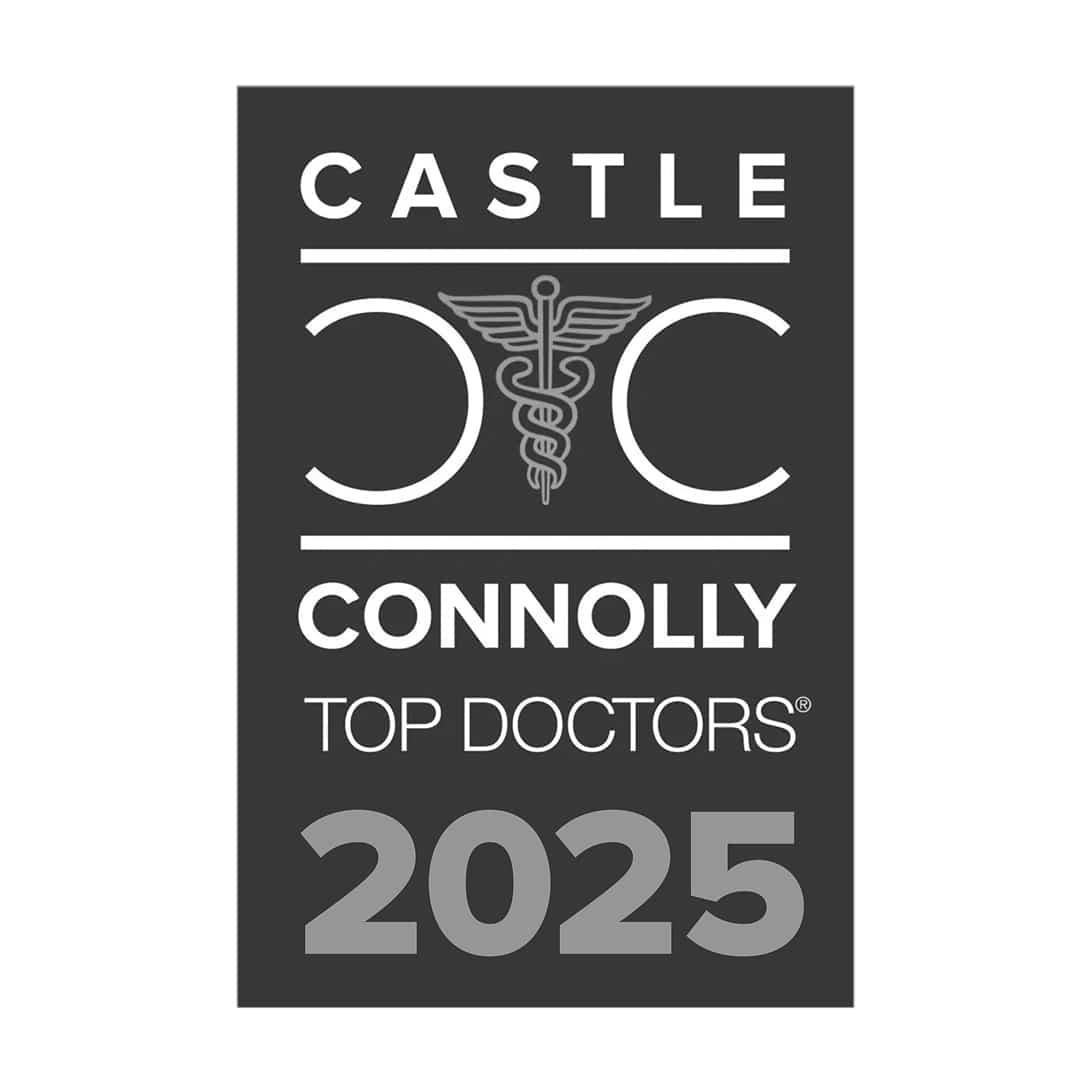

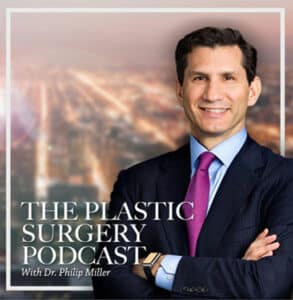
The Plastic Surgery Podcast with Dr. Philip Miller
Tune into The Plastic Surgery Podcast, hosted by facial plastic surgeon Dr. Philip Miller. Dr. Miller is here to answer your questions, de-mystify plastic surgery, and help you feel more knowledgeable and empowered about any procedure performed at our center.
-


Episode 44: My First Time
8 min -


Episode 43: Top 10 Reasons Not To Get A Rhinoplasty ( Plastic Surgery)
20 min -


Episode 42 : Osteomas & Lipomas
11 min -


Episode 41: All Ears Considered!
8 min -


Episode 40: Infrared Light Therapy
6 min -


Episode 39: Beauty, the Plateau
6 min -


Episode 38: Botox and Dermal Fillers
3 min -


Episode 37: Cost of Rhinoplasty
1 min -


Episode 36: Different Types of Nasal Surgeries
3 min -


Episode 35: Do You Have to Break the Nose for Rhinoplasty?
2 min -


Episode 34: Do You Have to Stay Overnight After Having a Rhinoplasty?
2 min -


Episode 33: Don't Have a Rhinoplasty!
2 min -


Episode 32: Endonasal or External
1 min -


Episode 31: Are You a Candidate?
2 min -


Episode 30: In The Office
17 min -


Episode 29: Can My Nose be Made Smaller?
4 min -


Episode 28: Can't Breath Through Nose
3 min -


Episode 27: Chin Implants - Mentoplasty
2 min -


Episode 26: Columellar Struts
23 sec -


Episode 25: Common Terms
5 min -


Episode 24: Connection Between Facial Resurfacing and Tattooing
5 min -


Episode 23: The Sooner, The Better?
4 min
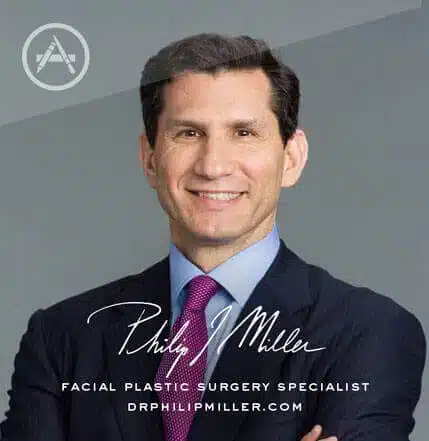
Plastic Surgery w/ Dr. Miller
If you’re thinking about getting a lift, nip, or tuck, this app is for you. It’s the most comprehensive pocket encyclopedia of plastic surgery terms, before and after photos, and visualization tools to help you really know what to expect from a procedure, including seeing potential results on your own photo. This app is only available on the App Store for iOS devices.
View in App Store